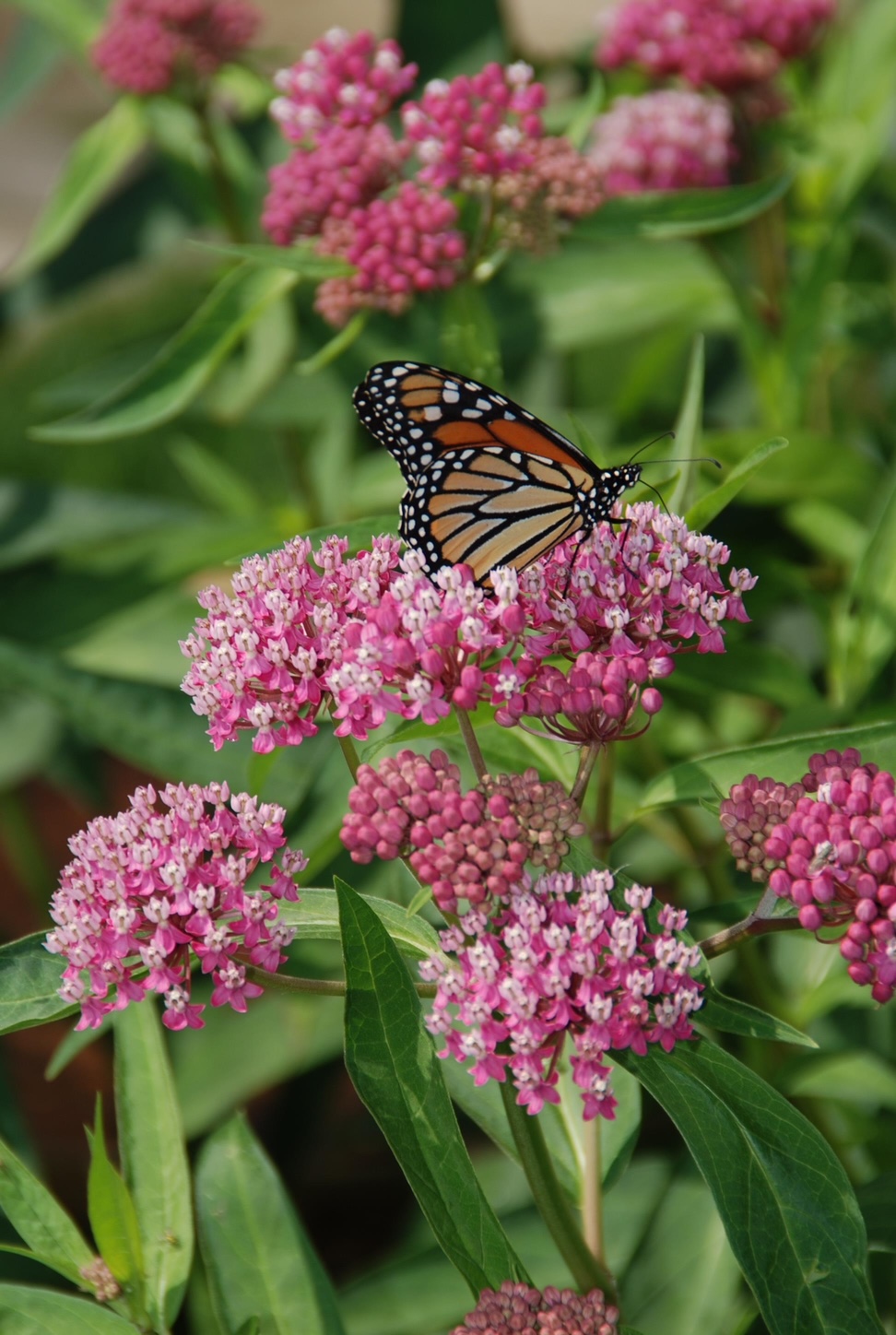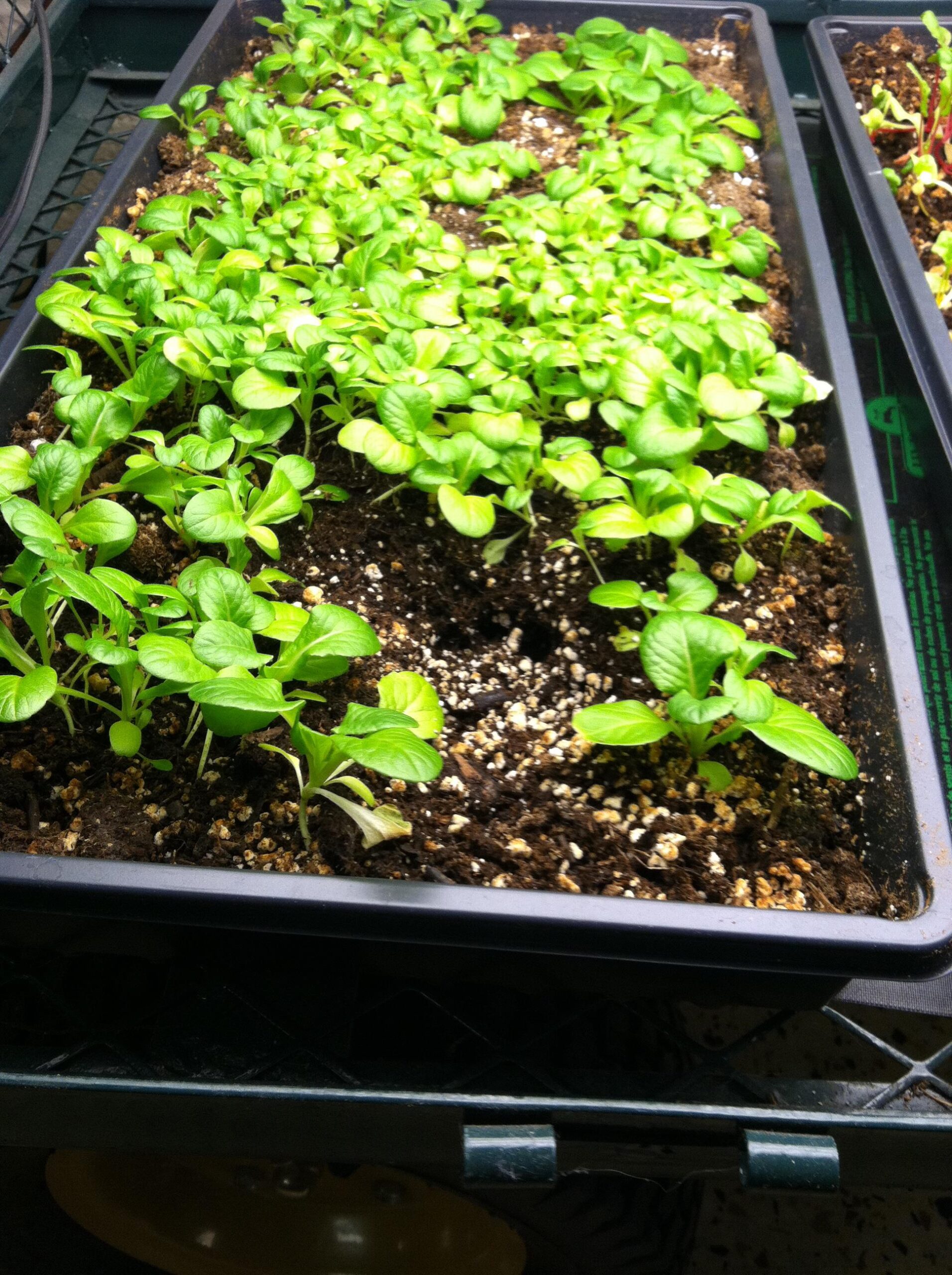Image courtesy of MelindaMyers.com
That first full day in the garden may find you tired, sunburned, and stiff. Whether you are a young or young-at-heart gardener, include some strategies to help extend your enjoyment and reduce fatigue and muscle strain so you can keep gardening longer each day and for years to come.
No matter your age, it’s important to protect your joints when gardening. Use a kneeler pad or knee pads to protect your knees. Knee pads secured to your legs allow you to conveniently and comfortably protect your knees as you move from one garden bed to another.
If you need help kneeling, consider a garden kneeler with handles. The handles provide needed support when kneeling and standing up. The ones that can be flipped over and used as a garden bench provide double the benefit. The seating position reduces bending and helps minimize the need to kneel.
Elevating your garden can also help. It is a great way to save space and eliminate the need to bend when planting, weeding, and harvesting. Elevated gardens and raised beds also offer a place to garden where planting space is limited or nonexistent. You’ll enjoy planting and harvesting with minimal weeding needed. Just be sure to monitor soil moisture and water as needed. Use self-watering containers, add irrigation or employ water-extending products to help lengthen the time between watering.
Further expand planting options by dressing up walls, fences, and more with vertical gardens. Monitor soil moisture in wall-mounted gardens regularly as many have limited soil that dries out quickly.
Clean and sharpen your tools, including pruning equipment, digging and weeding tools. This allows you to make cuts more easily and dig into the soil and weed with less effort.
Consider investing in ergonomic tools designed for comfort to help prolong your time in the garden. Select lightweight tools with non-slip comfortable grip handles aligned to keep your wrist extension straight, which helps reduce muscle strain.
Use pruners with ratcheting, compound, or Dual Link action for more cutting power with less effort. You’ll be able to spend more time pruning with less muscle strain and fatigue. Consider investing in shovels with an anti-skid plate above the blade, providing more foot support for more digging power. Or retrofit an existing shovel with a commercially available anti-skid foot plate.
Don’t overlook the importance of protecting your hands as well when gardening. Quality gardening gloves provide support and protection when digging, planting, pruning, and more.
Start with some preseason training. Every gardener knows gardening is a workout and often involves different motions and muscles than other exercises. Always warm up your muscles and do a bit of stretching before getting out in the garden.
Enlist the help of wheeled carts and wagons to move plants, mulch, soil, and other heavy loads. Don’t be afraid to break heavy loads into smaller batches or ask for help. You’ll spare your muscles and probably save time in the long run.
Wear a pair of safety glasses to protect your eyes and don’t forget the sunscreen. Take frequent breaks and drink plenty of water.
Preseason planning and preparation can help reduce muscle strain as the garden season begins. You’ll boost your enjoyment and be able to garden longer.
Melinda Myers has written over 20 gardening books, including Midwest Gardener’s Handbook, Revised Edition, and Small Space Gardening. She hosts The Great Courses “How to Grow Anything” instant video and DVD series and the nationally syndicated Melinda’s Garden Moment radio program. Myers is a columnist and contributing editor for Birds & Blooms magazine. Myers’ website is www.MelindaMyers.com.



